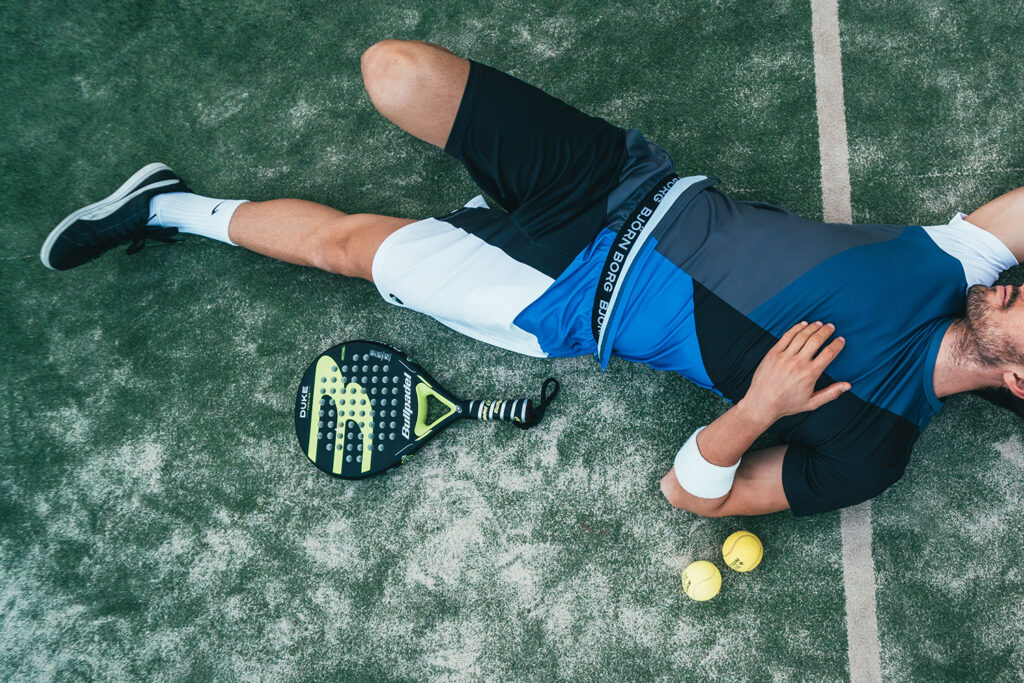
In recent years, concussions have been at the forefront of sports medicine, and for good reason. A complex injury that is difficult to diagnose, concussions can seem devastating to a young athlete’s career, but they are treatable if you know the signs and symptoms.
Concussions do not always involve being “knocked out” or a loss of consciousness. A seemingly harmless soccer ball to the head or a tumble to the turf can cause a concussion and not all concussions are the same.
Identifying a Concussion
It’s important for athletes to report symptoms and parents and coaches to recognize signs of a concussion. Realizing an athlete is concussed can go a long way in preventing further damage and mitigating long-term effects. Symptoms could be but are not limited to dizziness, headache, and nausea while some of the signs include loss of consciousness, loss of balance, confusion, or vomiting. Proper measures need to be taken from all involved to ensure the athlete receives the proper treatment.
While awareness and training has increased greatly related to recognizing a concussion in an athlete, a lot of the responsibility still falls on the athlete themselves. One of the most effective ways to identify a concussion is self-reporting symptoms. The earlier it is caught, the quicker the athlete can get the proper treatment and potentially return to play.
With fall sports seasons ramping up, many young athletes may be hesitant to let their coach or athletic trainer know of a head injury they sustained while slamming their head against the turf or the blunt force trauma from an opposing player’s flying tackle.
Athletes work so hard to make their way into the starting lineup or find a spot in the rotation, the last thing they want to do is to take themselves out of the game. But it’s the smart thing and correct decision to do for long-term health and well-being. The best way to be able to stay on the field or the court for years to come is to be discerning with head injuries and your overall health. Understand that pulling yourself out of a game now can set you up for years of healthy competitive and non-competitive sport.
Can Concussions Be Prevented?
Simply, there are no easy ways to prevent concussions. Recently, emphasis has been placed on decreasing the number of concussions sustained with advancements in equipment and rule changes, though helpful, concussions are still going to happen. Concussions can happen any time and in any sport. It’s important for coaches, especially at young ages, to teach proper technique and for athletes to be aware of their surroundings.
Recovery and Getting Back In The Game
Sustaining an injury doesn’t always mean your season is over. Athletic trainers, therapists, and doctors have made significant advancements in treating concussions, and much of that treatment involves remaining active. You would think that rest would be the most effective way to recover from a concussion but, in fact, the opposite is true. Remaining active and exercising a part in the brain called the vestibular system, which allows us to interpret movement and stabilize our vision when we move our head, is critical.
Being sidelined often affects an athlete’s mental health as well. Depression and anxiety can set in when athletes are removed from activity, so it’s important to keep them involved. Depending on the severity of the injury, accommodations can often be made so the athlete remains involved and continues to receive the support and comradery of their team.
The mental hurdle of overcoming a concussion can be more difficult than the physical ones and having the support system of coaches, medical staff, and teammates provides a space for athletes to share their feelings and concerns. “Am I really OK to return to the field? What if I bump my head? Can I play as aggressive as before?” All these questions may pop into an athlete’s mind when they re-enter the field of play for the first time since a concussion.
It’s important to acknowledge these feelings and talk through these concerns and questions ensuring the athlete is in the best shape physically and mentally to get back in the game.
When you are given approval to get back to play, ease into activity. You can’t suddenly return to playing at full speed. Gradually increase your training each day until you can be cleared for full participation.
During this time, it’s critical that you listen to your medical team. Your doctor, physical therapist, and team athletic trainer monitor your recovery and only move you to higher-level activities when you are ready. Additionally, don’t overdo it once you return. Even if you feel 100 percent better, your body is likely still returning to its full strength so be mindful of your injury for the near future and regularly check in with your sports medicine doctor, athletic trainer, or physical therapist if you suspect a problem.
When it comes to the big game, safety scores the winning point. Getting back to the sport you love safely is the goal, and care providers are there to help get athletes back on the field.
Edward Gusick, D.O., is with UPMC Orthopaedic Care and sees patients at the UPMC Health Services Building, 1201 Grampian Blvd., Williamsport. To schedule an appointment with Dr. Gusick, call 570-321-2020. For more information, visit UPMC.com/SportsMedicineNCPA.




